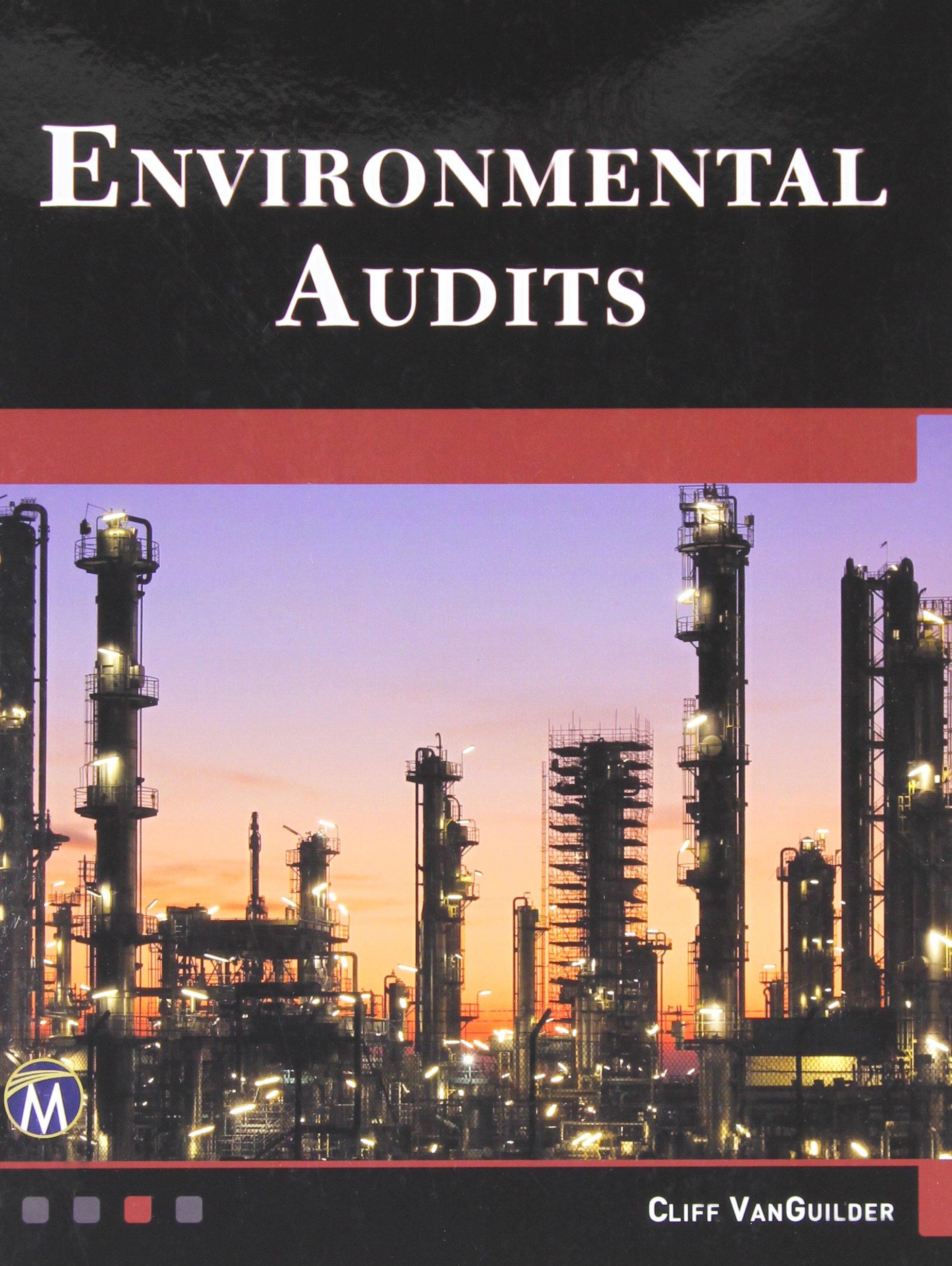LO4 6-19 Refer to the Focus on Fraud feature "Common Types of Earnings Management Techniques involving Accounting Estimates." Why might it be difficult for auditors to disallow companies' prefer- ences to decrease existing reserves? Explain the role of professional skepticism in the context of evaluating management's explanations for their accounting for reserves in this context. Focus on Fraud Common Types of Earnings Management Techniques involving Accounting Estimates Accounting estimates have too often been subject to earnings management. This feature highlights the importance of auditors taking special care to exercise appropriate professional skepticism in evaluating the reasonableness of management estimates so that the auditor can mitigate earnings management What types of earnings management related to estimates and other subjective assessments should auditors be prepared to detect and address? Examples of common types include: Cookie jar reserves techniques-- This approach involves management over-accruing expenses in the current period to set up a reserve that is reversed back into income in a future period, Examples of areas where cookie jar reserves are often created include: accounts receivable allowance for doubtful accounts, sales returns and allowances, warranty allowances, and inventory allowance for valuation declines. This approach is typically used when management has already met its numbers and has extra cushion that can be saved for future periods that may not be as good . Big bath techniques - This approach is used when a company is already reporting bad news and involves charging as many potential future costs to expenses in the current bad year, so that those costs will not have to be recognized in the future. While the current year stock price will be negatively affected, management thinks that a litle more bad news will not be noticed, and future years will look particularly good and the stock price will rebound accordingly. Auditors should watch for the application of big bath techniques when companies report asset impairments, dispose of a significant part of their operations, or restructure debt. . Amortization, depreciation, and depletion techniques. When a company has long-lived assets, those assets are expensed through amortization, depreciation, or dopletion. The auditor sh should watch form management nt to exercise judgment in making selective decisions about the type of write off method used, the write-off period, and the estimate of salvage value that might indicate earnings management








